iPhone 17 crushes weak Wi-Fi, but Pixel 10 Pro has something to brag about, too
New real-world data turns the Apple – Google rivalry into a photo finish.

iPhone 17 Pro and Pixel 10 Pro. | Image credit – PhoneArena
Apple’s new N1 chip shows big real-world gains
A new report breaks down how Apple’s custom N1 networking chip – the one that bundles Wi-Fi 7, Bluetooth 6, and Thread radios inside the iPhone 17 series – actually performs compared to the Broadcom solution in last year’s iPhone 16 models. And in real-world use, the jump is pretty obvious.
iPhone 17 Wi-Fi speeds are a big improvement over the iPhone 16, but Pixel 10 Pro leads global Wi-Fi download speeds.
According to Speedtest Intelligence data collected during the first six weeks after the iPhone 17 launched, Ookla found that the new models delivered up to 40% higher median download and upload speeds than the iPhone 16 globally.
In North America, the iPhone 17 beat out the Pixel 10 and Samsung’s Galaxy S25 even though Wi-Fi 7 devices in the region can use triple 320MHz channels (which should theoretically favor Android).
The iPhone 17 family reached the highest median download speed of 416.14 Mbps, and the highest 90th-percentile speed at 976.39 Mbps. This could shift once more 320MHz-capable routers become common, but for now, it shows Apple’s chip is delivering impressively stable performance.
The report also calls out a few more standouts. Xiaomi’s 15T Pro topped the charts in upload performance and latency, thanks to MediaTek’s Wi-Fi system inside the Dimensity 9400(+) platform. It hit 887.25 Mbps at the 90th percentile for downloads and posted the strongest upload speeds across the board, plus a global median latency of 15 ms.
Samsung’s Galaxy S25 family didn’t dominate any single global metric, but landed in the upper mid-tier overall. Its biggest highlight was North America’s best latency score at 6 ms – and I think this is great news for competitive gamers.

Galaxy S25 shows strong latency performance.
Huawei’s Pura 80 lineup struggled a bit due to the lack of 6 GHz support. Using its own in-house solution (likely HiSilicon), it posted slower download and upload speeds compared to other flagship phones, especially at the 90th percentile.
Across Android phones overall, median 6 GHz speeds were at least 77% faster than 5 GHz, and the upgrade from Wi-Fi 6 to Wi-Fi 7 delivered a similar boost.
Why this data actually matters in real life
What stood out to me the most wasn’t the shiny top speeds – it was how these phones behave when the Wi-Fi situation turns ugly. Everyone has that one spot where the signal barely reaches, or a café with a hundred devices fighting for bandwidth.
In those moments, the iPhone 17’s N1 chip being 60% faster than the iPhone 16 really makes a difference. It means fewer freezes, fewer dropouts, and fewer “why won’t this load” moments.
And honestly, I think the “tight battle” between Apple and Google is a win for everyone. Competition means faster progress – and it feels like we’re getting past the era of shaky home Wi-Fi.
What this means for your next flagship phone
Ookla has a strong reputation for reliable testing, and this latest batch of data just reinforces the obvious: flagship phones are leveling up fast. No surprise there, right? What it tells me is that whichever top-tier phone you’re leaning toward next, the Wi-Fi experience isn’t something you need to stress about anymore.
Follow us on Google News


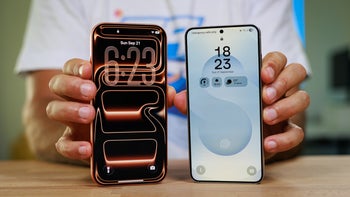
![New T-Mobile CEO has everyone on the edge of their seats with new teaser [UPDATED]](https://m-cdn.phonearena.com/images/article/175840-wide-two_350/New-T-Mobile-CEO-has-everyone-on-the-edge-of-their-seats-with-new-teaser-UPDATED.webp)
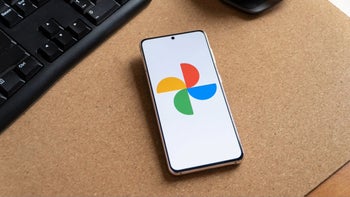
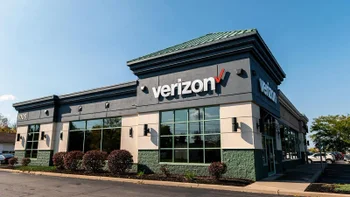
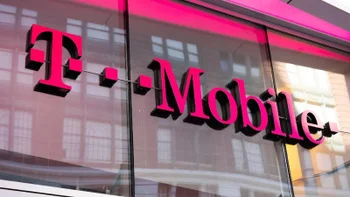
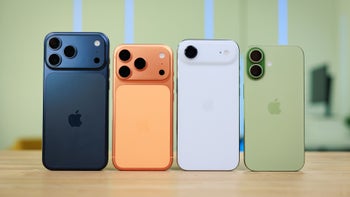

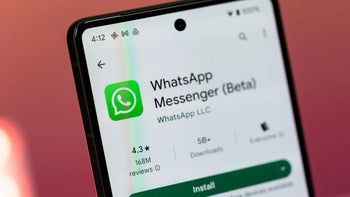
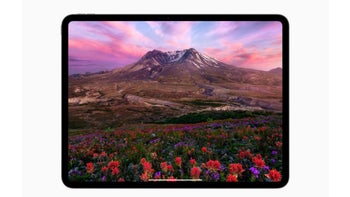
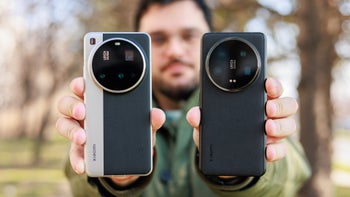

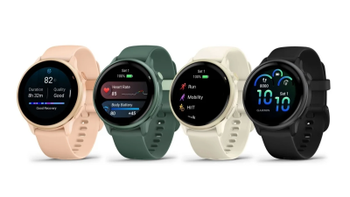
Things that are NOT allowed:
To help keep our community safe and free from spam, we apply temporary limits to newly created accounts: